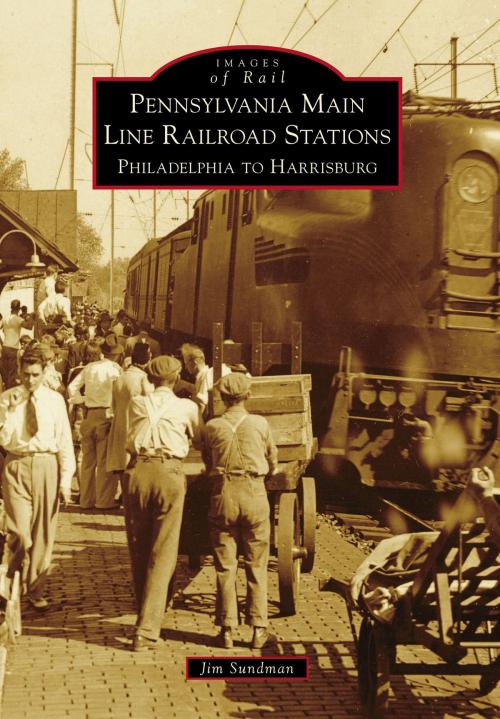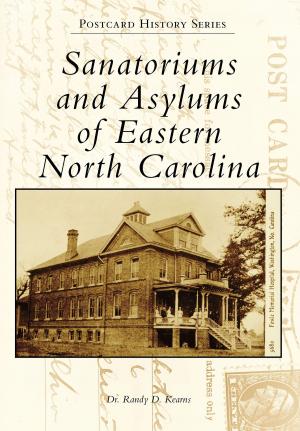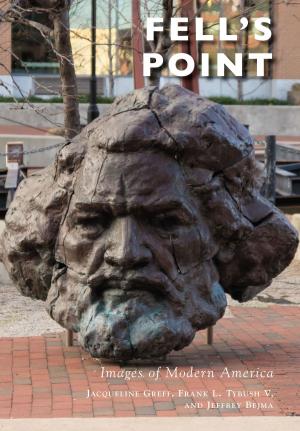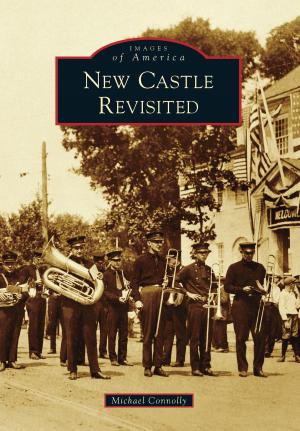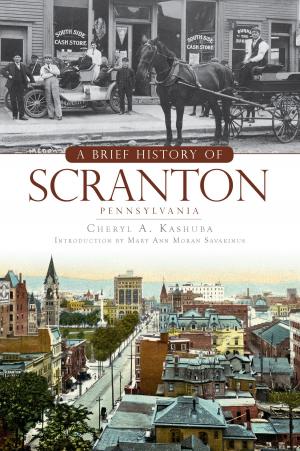Pennsylvania Main Line Railroad Stations
Philadelphia to Harrisburg
Nonfiction, Reference & Language, Transportation, Railroads, History, Art & Architecture, Photography, Pictorials, Travel| Author: | Jim Sundman | ISBN: | 9781439656907 |
| Publisher: | Arcadia Publishing Inc. | Publication: | August 24, 2016 |
| Imprint: | Arcadia Publishing | Language: | English |
| Author: | Jim Sundman |
| ISBN: | 9781439656907 |
| Publisher: | Arcadia Publishing Inc. |
| Publication: | August 24, 2016 |
| Imprint: | Arcadia Publishing |
| Language: | English |
In 1857, the Pennsylvania Railroad (PRR) took over Pennsylvania's Main Line of Public Works, a state-owned railroad and canal system built in the 1830s. Costly to build and maintain, and never attracting the traffic needed to sustain it, the state was eager to let it go. Keeping the rail portion and combining it with its own lines, the PRR ultimately developed a well-built and well-run rail line from Philadelphia to Pittsburgh all while keeping the "main line" moniker. The eastern section between Philadelphia and Harrisburg was especially successful, particularly after the railroad built new communities along the line that were at first summer destinations and later year-round homes for daily commuters. Other towns and cities along the main line had a strong industrial or agricultural base needing rail access, and many of these communities had attractive train stations. Images of America: Pennsylvania Main Line Railroad Stations: Philadelphia to Harrisburg documents many of these passenger stations through vintage photographs and other images. Most are gone, but fortunately some still stand and are in use today.
In 1857, the Pennsylvania Railroad (PRR) took over Pennsylvania's Main Line of Public Works, a state-owned railroad and canal system built in the 1830s. Costly to build and maintain, and never attracting the traffic needed to sustain it, the state was eager to let it go. Keeping the rail portion and combining it with its own lines, the PRR ultimately developed a well-built and well-run rail line from Philadelphia to Pittsburgh all while keeping the "main line" moniker. The eastern section between Philadelphia and Harrisburg was especially successful, particularly after the railroad built new communities along the line that were at first summer destinations and later year-round homes for daily commuters. Other towns and cities along the main line had a strong industrial or agricultural base needing rail access, and many of these communities had attractive train stations. Images of America: Pennsylvania Main Line Railroad Stations: Philadelphia to Harrisburg documents many of these passenger stations through vintage photographs and other images. Most are gone, but fortunately some still stand and are in use today.
